Chinese Tai Chi enters UNESCO intangible cultural heritage list
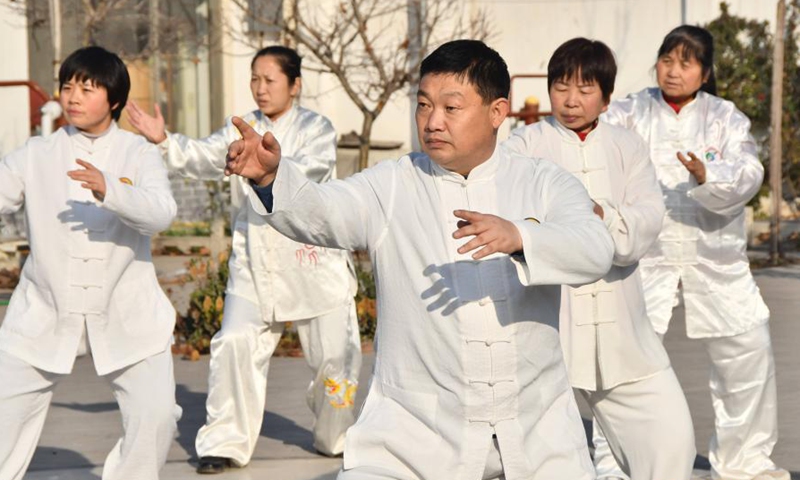
Taijiquan enthusiasts practise Taijiquan at a traditional martial art school in Yongnian District, Handan City of north China's Hebei Province, Dec. 16, 2020. The United Nations Educational, Scientific and Cultural Organization (UNESCO) inscribed on Thursday China's Taijiquan on the Representative List of the Intangible Cultural Heritage of Humanity. Taijiquan, a kind of traditional martial arts, was born in the mid-17th century in a small village named Chenjiagou located in Central China's Henan province, before it spread to more than 150 countries and regions, attracting more than 100 million people to practise.Photo:Xinhua
Chinese Tai Chi, a centuries-old martial art and now a popular form of exercise, was inscribed on the United Nations Educational, Scientific and Cultural Organization (UNESCO) Representative List of Intangible Cultural Heritage of Humanity on Thursday evening (Beijing Time).
The inclusion of Tai Chi marks that currently China has 42 intangible cultural heritage items on the list, ranking first in the world, according to China's Ministry of Culture and Tourism.
Another honored entry is "Wangchuan ceremony and related practices for maintaining the sustainable connection between man and the ocean," which was nominated by China together with Malaysia.
A total of 50 intangible cultural heritage candidates from 57 countries have been submitted for review by the Intergovernmental Committee for the Safeguarding of the Intangible Cultural Heritage of the UNESCO at the 15th session of the committee, which is held online between Monday and Saturday.
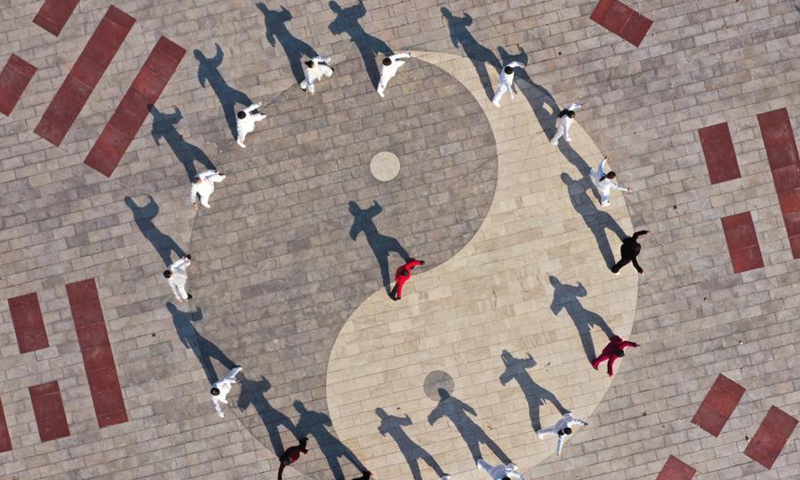
Aerial photo shows Taijiquan enthusiasts practising Taijiquan in Yongnian District, Handan City of north China's Hebei Province, Dec. 16, 2020. The United Nations Educational, Scientific and Cultural Organization (UNESCO) inscribed on Thursday China's Taijiquan on the Representative List of the Intangible Cultural Heritage of Humanity. Taijiquan, a kind of traditional martial arts, was born in the mid-17th century in a small village named Chenjiagou located in Central China's Henan province, before it spread to more than 150 countries and regions, attracting more than 100 million people to practise.Photo:Xinhua
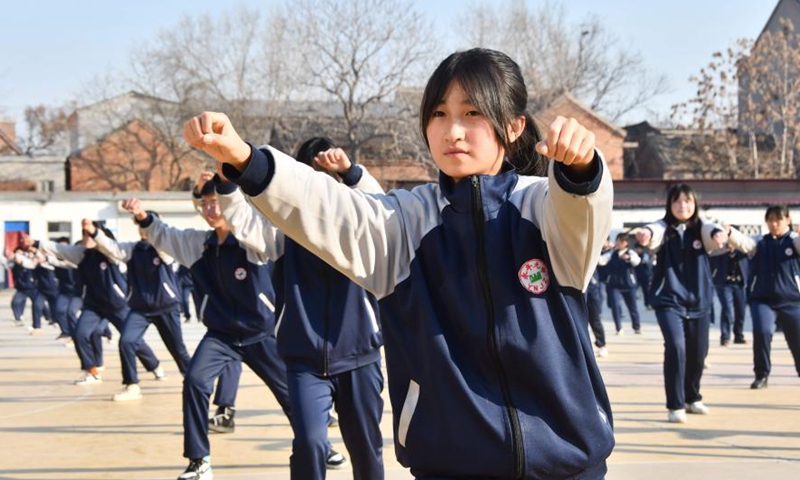
Middle school students practise Taijiquan in Yongnian District, Handan City of north China's Hebei Province, Dec. 16, 2020. The United Nations Educational, Scientific and Cultural Organization (UNESCO) inscribed on Thursday China's Taijiquan on the Representative List of the Intangible Cultural Heritage of Humanity. Taijiquan, a kind of traditional martial arts, was born in the mid-17th century in a small village named Chenjiagou located in Central China's Henan province, before it spread to more than 150 countries and regions, attracting more than 100 million people to practise.Photo:Xinhua
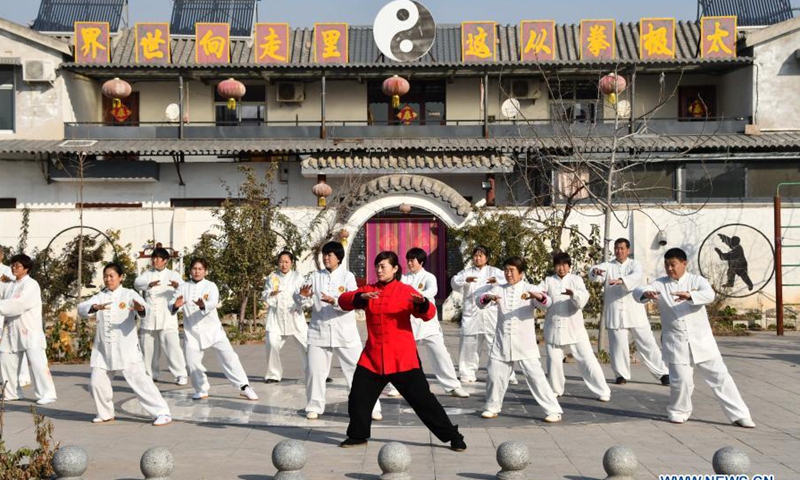
Taijiquan enthusiasts practise Taijiquan at a traditional martial art school in Yongnian District, Handan City of north China's Hebei Province, Dec. 16, 2020. The United Nations Educational, Scientific and Cultural Organization (UNESCO) inscribed on Thursday China's Taijiquan on the Representative List of the Intangible Cultural Heritage of Humanity. Taijiquan, a kind of traditional martial arts, was born in the mid-17th century in a small village named Chenjiagou located in Central China's Henan province, before it spread to more than 150 countries and regions, attracting more than 100 million people to practise.Photo:Xinhua
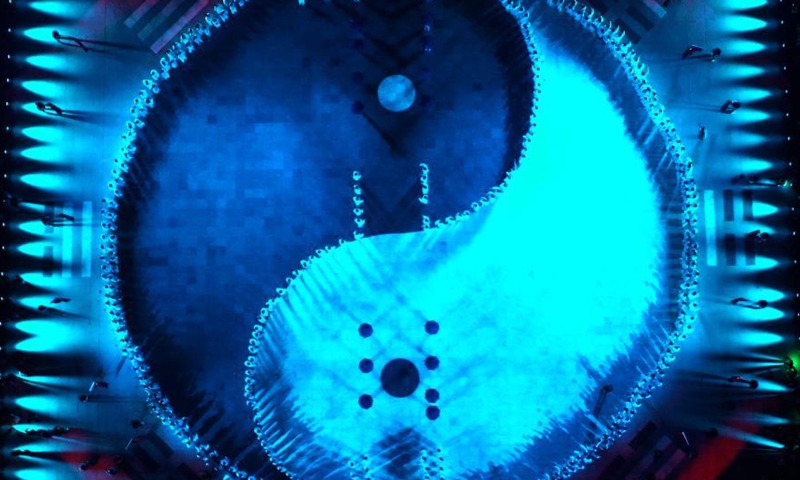
Aerial photo shows the celebration of Taijiquan inscribed on the Representative List of the Intangible Cultural Heritage of Humanity in Chenjiagou Village, Wenxian County, Jiaozuo City of central China's Henan Province, Dec. 17, 2020. The United Nations Educational, Scientific and Cultural Organization (UNESCO) inscribed on Thursday China's Taijiquan on the Representative List of the Intangible Cultural Heritage of Humanity. Taijiquan, a kind of traditional martial arts, was born in the mid-17th century in a small village named Chenjiagou located in Central China's Henan province, before it spread to more than 150 countries and regions, attracting more than 100 million people to practise.Photo:Xinhua
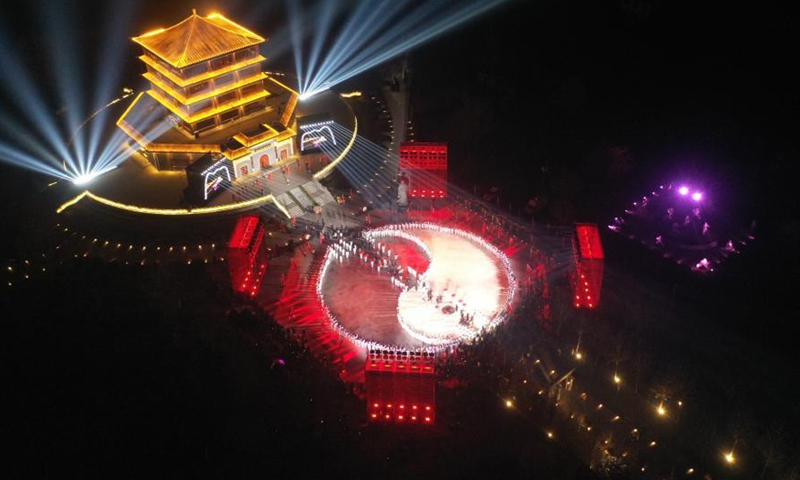
Aerial photo shows the celebration of Taijiquan inscribed on the Representative List of the Intangible Cultural Heritage of Humanity in Chenjiagou Village, Wenxian County, Jiaozuo City of central China's Henan Province, Dec. 17, 2020. The United Nations Educational, Scientific and Cultural Organization (UNESCO) inscribed on Thursday China's Taijiquan on the Representative List of the Intangible Cultural Heritage of Humanity. Taijiquan, a kind of traditional martial arts, was born in the mid-17th century in a small village named Chenjiagou located in Central China's Henan province, before it spread to more than 150 countries and regions, attracting more than 100 million people to practise.Photo:Xinhua
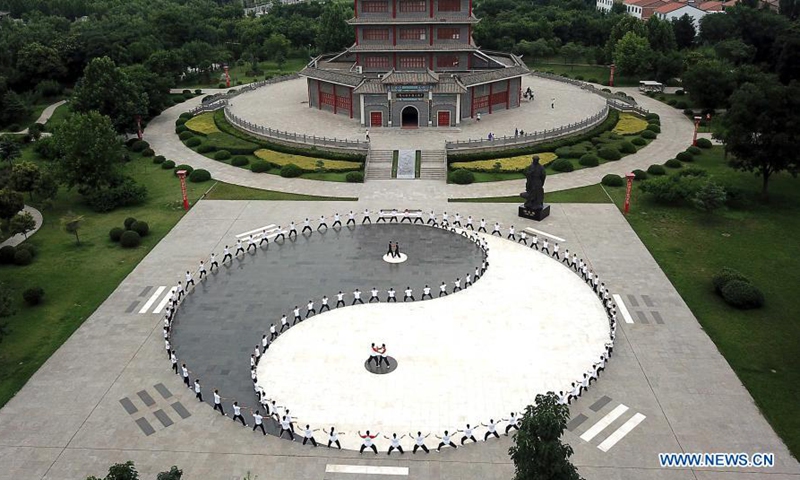
Aerial photo taken on June 29, 2018 shows students of a traditional martial art school performing Taijiquan in front of the Taijiquan museum in Chenjiagou Village, Wenxian County, Jiaozuo City of central China's Henan Province. The United Nations Educational, Scientific and Cultural Organization (UNESCO) inscribed on Thursday China's Taijiquan on the Representative List of the Intangible Cultural Heritage of Humanity. Taijiquan, a kind of traditional martial arts, was born in the mid-17th century in a small village named Chenjiagou located in Central China's Henan province, before it spread to more than 150 countries and regions, attracting more than 100 million people to practise. Photo:Xinhua